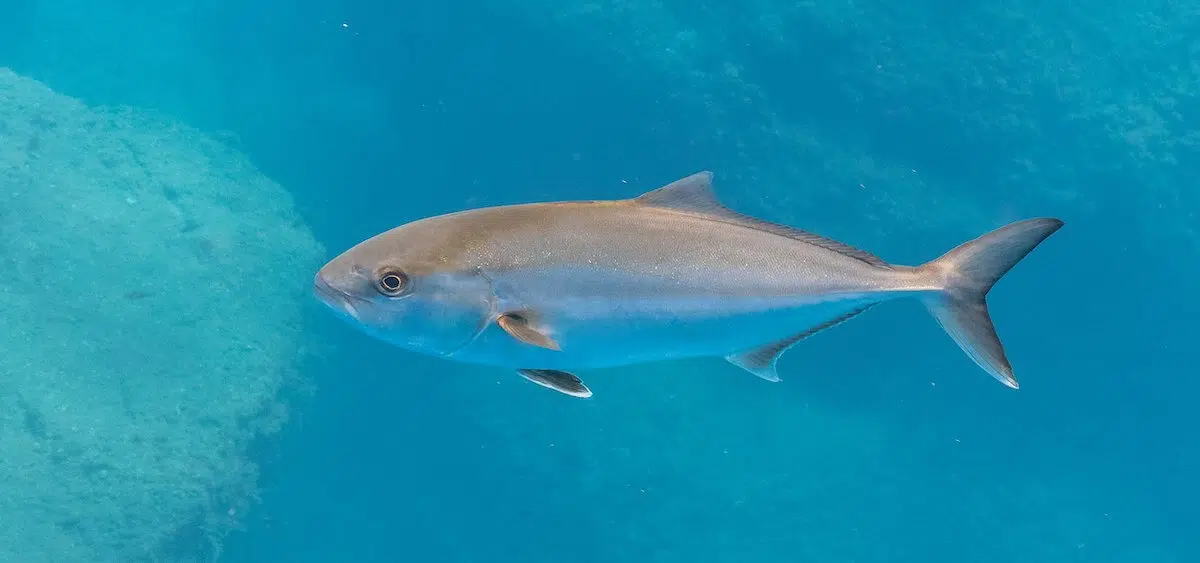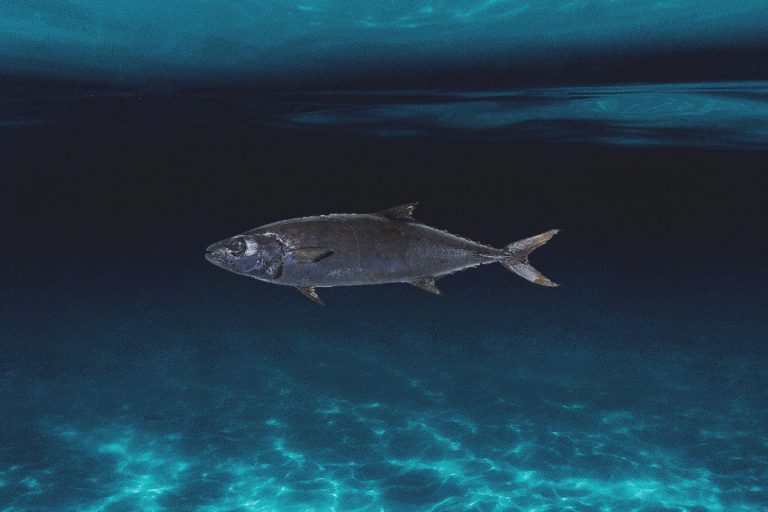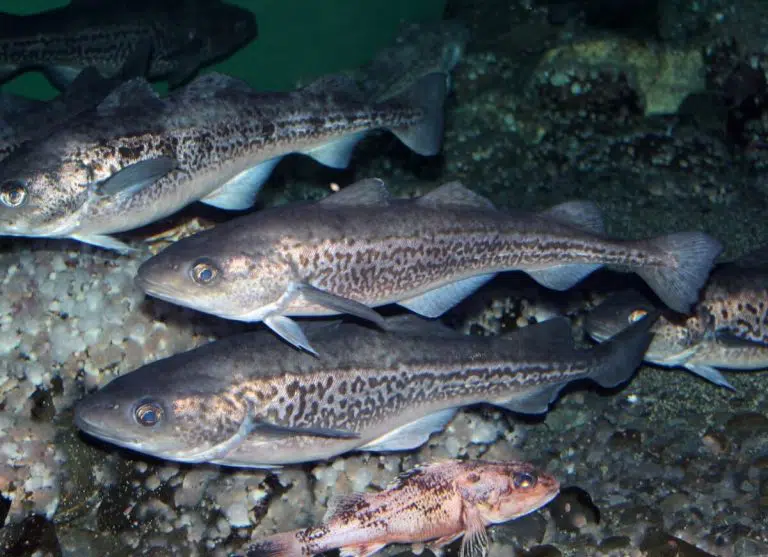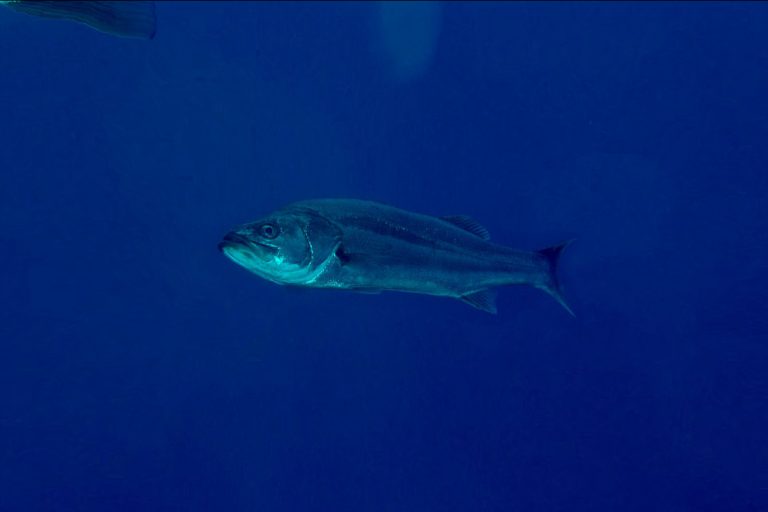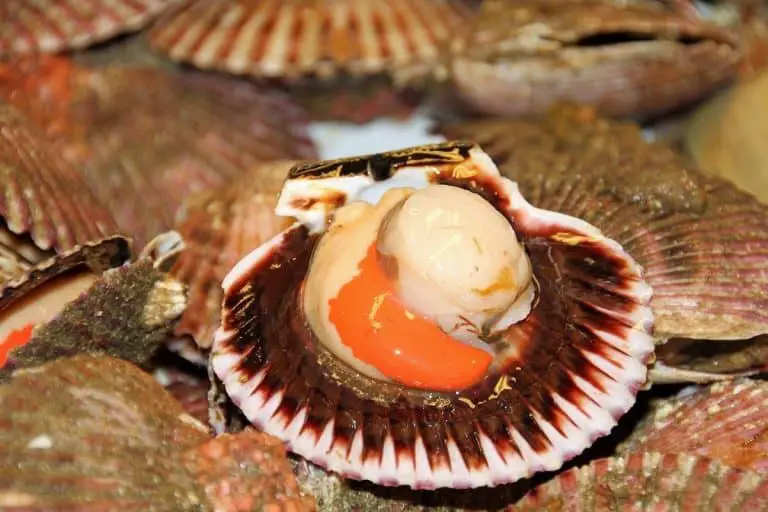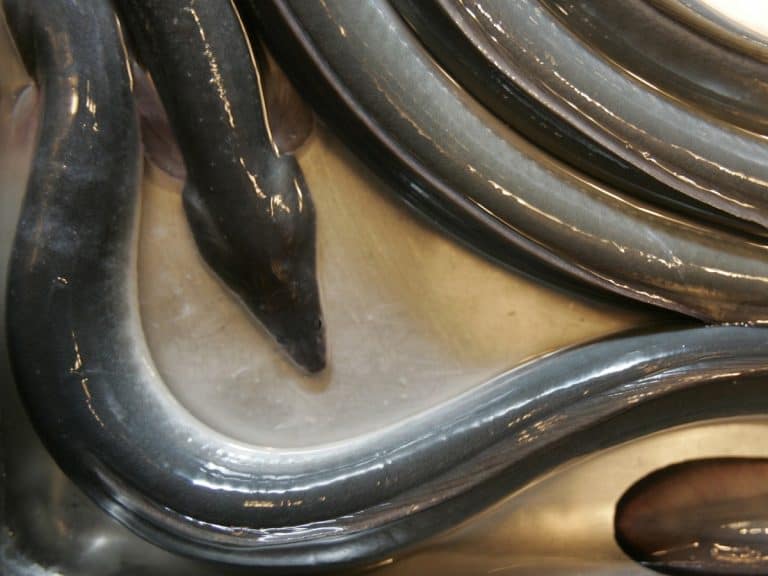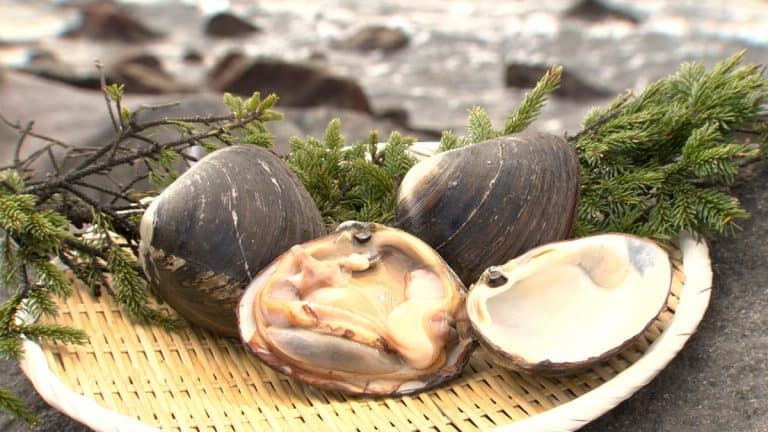Source: Farmed, some wild
Mercury Risk: Unknown
In the original edition of Sustainable Sushi, there is only one chapter on amberjack. Given the growth of the industry and the differences in species, farming techniques, and management protocols, I’ve decided to address these fish on a more individual basis. So, I’ve split the original chapter into three pages — one on hamachi, one on hiramasa, and this one on kanpachi.
The term kanpachi technically refers to Seriola dumerili, the greater amberjack. Greater amberjack is found in subtropical zones all over the world and, every so often, can be enjoyed in sushi restaurants, especially in the southeastern United States.
Greater amberjack simply isn’t common or popular enough within the North American sushi complex to merit an entry here. So why did I create a separate page on kanpachi?
To put it simply, because of one ground-breaking farming operation.
The first major amberjack farming operation in the United States is located in Hawaii, and raises almaco jack (Seriola rivioliana) using much more environmentally sensistive practices than an average hamachi farm. Technically, almaco jack is known as hirenaga-kanpachi in Japanese, but this farm has adopted only the latter part of this term — which it then anglicizes as “kampachi” — in its branding.
This domestic product isn’t perfect, but it’s indicative of a modern, wiser type of aquaculture. Strong regulations, thorough monitoring practices, and a closed lifecycle operation in which farmed fish are hatched from eggs rather than captured from wild stocks all serve to bolster this industry as a good alternative to farmed hamachi.
Of all types of amberjack available in North American sushi bars, U.S. farmed kanpachi is probably our best option, due to solid management, low levels of local impact, and thoughtful sourcing practices.
Casson Trenor
Casson Trenor is a frequent commentator on sustainable seafood issues. He has been featured in regional, national, and international media outlets, including CNN, NPR, Forbes, New York Times, Boston Globe, Christian Science Monitor, San Francisco Chronicle, Los Angeles Times, Seattle Times.

